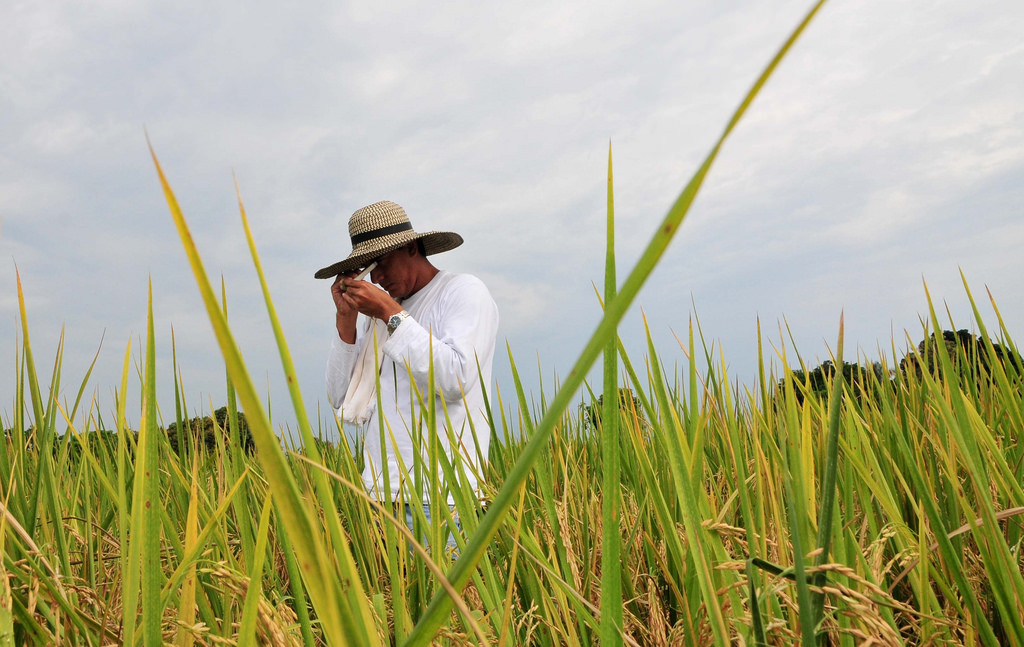Low carbon rice in Latin America: What does it take to make this happen?
- From
-
Published on
07.05.18
- Impact Area

A new study from the International Center for Tropical Agriculture (CIAT) and the CGIAR Research Program on Climate Change, Agriculture and Food Security (CCAFS) explores how much we know about GHG mitigation strategies for rice systems in Latin America and methods for more sustainable production. The researchers look at how rice management and technical options in the region can help mitigate GHGs, mainly methane (CH4) and nitrous oxide (N2O), taking into account countries’ local conditions.
Related news
-

From Waste to Wealth: Transforming Rice Straw into a 'Strategic Biomass Resource' in the Mekong
Eisen Bernard Bernardo05.12.25-
Climate adaptation & mitigation
-
Mitigation
Can Tho City, Vietnam – On November 19, 2025, a critical discussion unfolded in Can…
Read more -
-

New climate roadmap outlines pro-active strategy for livestock management in East Africa
Sustainable Animal and Aquatic Foods Science Program05.12.25-
Climate adaptation & mitigation
As droughts recur, heat stress rises, and floods become more frequent, East Africa’s livestock sys…
Read more -
-

Strengthening One Health through rangelands stewardship
Multifunctional Landscapes Science Program04.12.25-
Climate adaptation & mitigation
HEAL community rangeland health workers presented at the 33rd Annual Conference of the Ethiopian Soc…
Read more -
